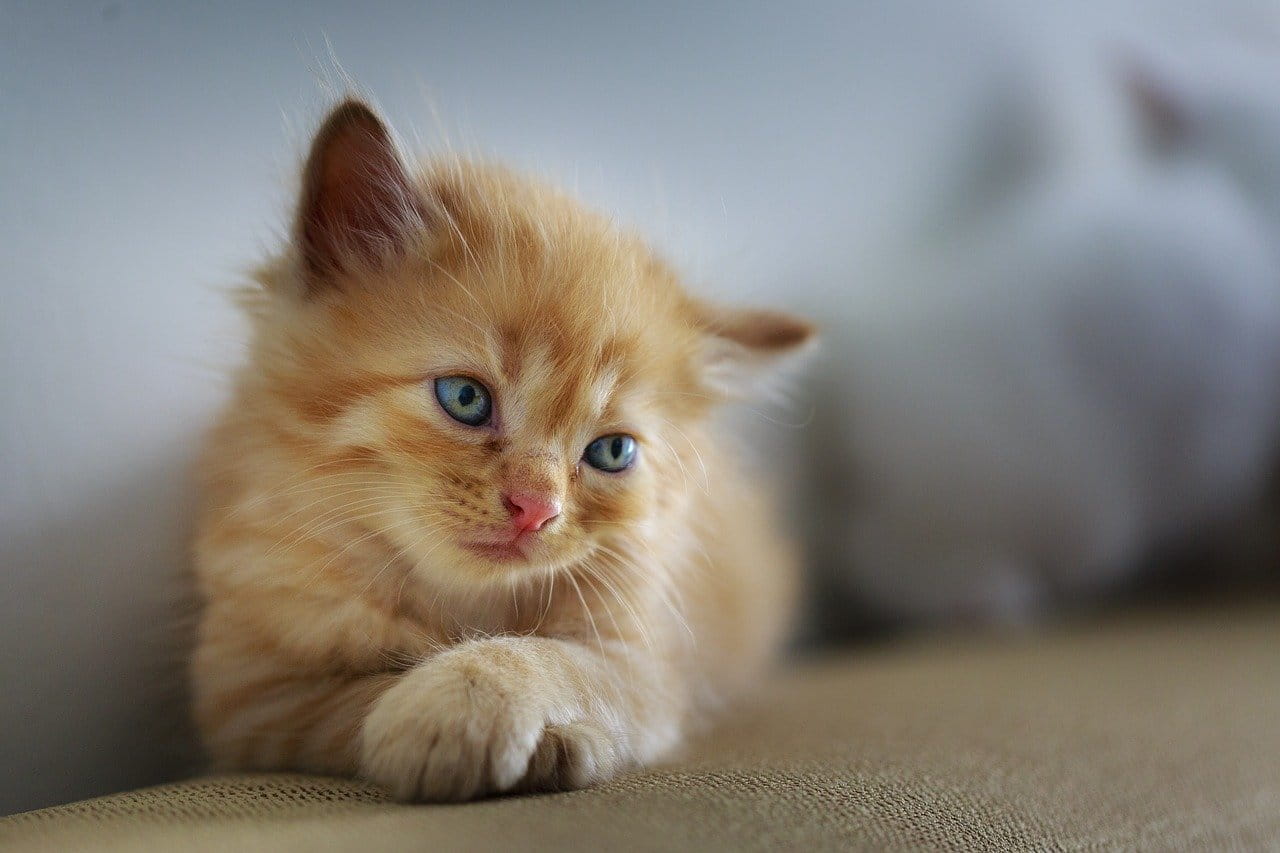
Last week we discussed how to spot if your dog is in pain for Animal Pain Awareness Month. This week, we’ll talk about the signs your cat may be in pain. Cat owners are familiar with their pets’ individual personalities, habits, preferences; and are adept at spotting when their feline friends’ behavior differs from the norm. However, cats can often hide their emotions more easily, making it harder to recognize the signs they are in pain.
New research reveals 25 signs your cat could be in pain. The expert consensus, led by Dr Isabella Merola and Professor Daniel Mills from the University of Lincoln, UK, supported by cat charity Feline Friends (Derbyshire), represents the first list of its kind created by a panel of veterinary experts in feline medicine.
Caroline Fawcett, Chairman of Feline Friends, says that the results obtained from the research so far take a major leap towards a better understanding of our pets: “Cats are notorious for not showing that they are in pain, and the more that we can find out what the signals are, then the sooner we can get them to the vets for diagnosis and treatment. There is a long way still to go before the more subtle signs can be identified, but we are really excited about progress to date. The team at Lincoln is highlighting its dedication to cat welfare by tackling this extremely difficult project.”
Behaviors to look out for:
- Avoiding bright areas/photophobia
- Blepharospams or involuntary eye twitching
- Change in dietary preference (e.g preferring soft or other specific food)
- Change in form of feeding behaviour (e.g. gulping food, eating on one side)
- Change in rate of eating—more quickly or more slowly
- Furrowed brow
- Hunched up posture (when standing or moving)
- Hypersalivation
- Increase respiratory rate
- Licking or biting a particular body region or damaged area
- Lips drawn back or down
- Low grade tail twitching
- Lowered head posture
- Reluctance to move
- Rolling skin syndrome
- Shifting of weight
- Straining to urinate
- Tail flicking
- Teeth grinding
- Tension around the eyes and muzzle
- Trembling or shivering
- Vocalizing when yawning
- Vocalizing while eating
- Vomiting
Cats, while sometimes seemingly independent and sassy, may just be looking for some TLC. Make sure to monitor your pets behavior and talk to your vet if you have any concerns, no matter how big or small it may seem. If you have any questions or concerns, please contact our office or book your appointment today.
